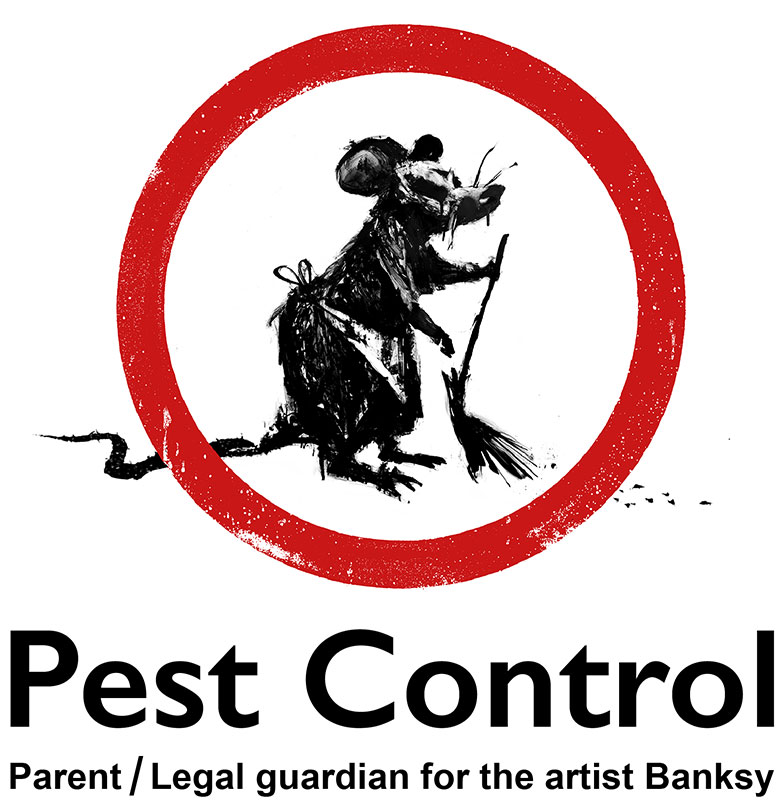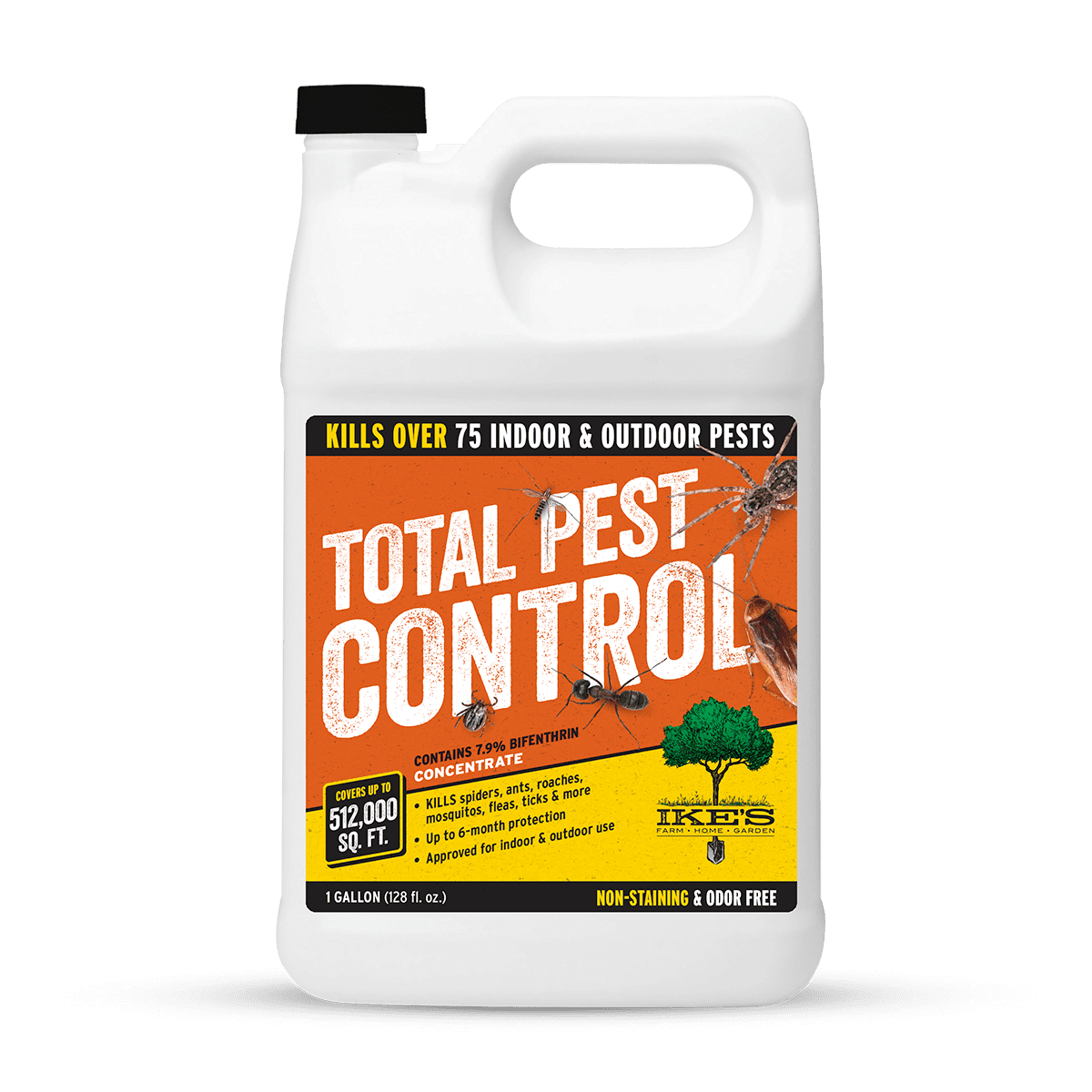High Quality A1 Pest Control Services Charlotte - Safeguard Your Home
Wiki Article
Bed Bug Therapy Break Down: Contrasting Chemical Vs. Non-Chemical Solutions
In the realm of insect control, particularly when dealing with the persistent issue of bed pests, the choice between chemical and non-chemical treatment options can be a pivotal one. Both strategies provide distinctive advantages and downsides, influencing variables such as efficiency, safety and security considerations, and overall cost. By examining the nuanced information of each approach, a clearer understanding of which course to seek in attending to a bed bug problem can be achieved.Performance of Chemical Treatments
Chemical treatments for bed pest infestations have actually been extensively identified for their potent and quick effectiveness in eliminating these parasites. When thinking about the efficiency of chemical therapies, it is vital to comprehend that they can offer a quick and detailed solution to a bed insect problem. Specialist pest control operators commonly count on pesticides to target bed pests at various stages of their life process, consisting of eggs, fairies, and adults. These chemicals normally work by interrupting the bed bugs' nerves, leading to paralysis and eventual death.Furthermore, chemical treatments have the advantage of supplying residual results, meaning that they can proceed to get rid of bed bugs even after the initial application. This residual activity is particularly useful in combating any potential re-infestations. Furthermore, the rapid action of chemical therapies can bring alleviation to individuals facing serious bed insect problems, enabling them to restore control of their space quickly.
Safety Interest In Chemical Solutions
One crucial element that needs mindful factor to consider when using chemical remedies for bed pest therapy is making sure the safety of passengers and the setting. Exposure to certain chemicals utilized in bed pest therapies can lead to breathing problems, skin irritability, or various other negative reactions, specifically in people with pre-existing conditions or level of sensitivities.Moreover, the ecological impact of chemical options is an additional significant consideration. Some chemicals used in bed bug therapies may be hazardous to helpful bugs, wild animals, and ecosystems if they leach right into the dirt or water supply. It is necessary to make use of chemical treatments judiciously, following security standards, and considering much less harmful choices to minimize these threats and ensure the efficient and safe management of bed insect infestations.
Advantages of Non-Chemical Strategies
Taking into consideration the potential safety and security issues and ecological effect connected with chemical solutions for bed bug therapy, exploring non-chemical strategies provides a promising choice with several unique advantages. Non-chemical methods offer a much safer choice for families, especially those with individuals, family pets, or youngsters delicate to rough chemicals. These methods eliminate the dangers of direct exposure to harmful compounds, lowering the potential for damaging health and wellness effects. Additionally, non-chemical treatments are eco friendly, as they do not contribute to air or water air pollution, making them a lasting option for parasite control.Additionally, non-chemical remedies can be efficient in targeting bed insects, consisting of hard-to-reach areas where chemical treatments may not pass through. Methods such as warmth therapy, vacuuming, heavy steam cleaning, and bed mattress coverings offer extensive obliteration without making use of dangerous chemicals. Moreover, non-chemical strategies can be less turbulent, requiring minimal prep work and enabling quicker reentry right into dealt with areas. On the whole, selecting non-chemical bed bug treatment approaches not only focuses on safety and ecological defense but likewise makes certain comprehensive and reliable parasite control.
Limitations of Non-Chemical Treatments

Furthermore, non-chemical check my reference treatments typically call for multiple applications to achieve successful eradication. This can be taxing and may not constantly assure complete removal of all bed bugs and their eggs, specifically in hard-to-reach or surprise areas.
Moreover, the success of non-chemical therapies greatly relies on correct execution and thoroughness, which can be testing for individuals without expert proficiency. Insufficient application of non-chemical methods might lead to incomplete obliteration, leading to relentless invasions and the need for extra therapies.
Therefore, while non-chemical treatments have their benefits, it is necessary to recognize these limitations and consider them when figuring out the most reliable strategy for handling bed bug infestations.
Expense Contrast: Chemical Vs. Non-Chemical Options
Given the restrictions connected with non-chemical therapies, a necessary facet to examine in the context of bed bug administration is the cost contrast in between chemical and non-chemical options. In contrast, non-chemical therapies like heat therapy or vapor can be more expensive, with expenses ranging from $1,000 to $6,000 for an entire home. While the initial cost of chemical therapies may seem reduced, multiple therapies may be required to totally eliminate the invasion, possibly boosting the general expense.Conclusion

Taking into official statement consideration the prospective safety and security concerns and ecological influence connected with chemical options for bed insect therapy, discovering non-chemical approaches presents a promising alternative with numerous unique advantages.Given the limitations associated with non-chemical therapies, an essential aspect to evaluate in the context of bed bug monitoring is the cost contrast between chemical and non-chemical alternatives. In comparison, non-chemical treatments like warmth treatment or vapor can be extra pricey, with prices internet varying from $1,000 to $6,000 for an entire home. While the preliminary price of chemical treatments might appear reduced, several therapies might be called for to totally remove the infestation, possibly boosting the general expense.In verdict, when comparing chemical and non-chemical bed bug treatment alternatives, it is crucial to take into consideration effectiveness, safety, benefits, constraints, and cost.
Report this wiki page